Part-time Specialist, Waseda University History Museum Hiroaki Yanagi
Do you know Yaeyama? Yaeyama is a region located southwest of Okinawa and a little east of Taiwan, consisting of several islands including Ishigaki Island. Although it is a land far from Tokyo, you may be surprised to learn that it is a place that has a deep connection to the history of Waseda University through a man known as the "Godfather of Waseda."

Materials in the History Museum collection: "Waseda University Yaeyama Academic Research Team Ote Fuki"
A document named "Waseda University Yaeyama Academic Research Team Otefuki" is stored in the Higashifushimi Archives of the History Museum. The Waseda University Yaeyama Academic Research Team is a research and study team formed by Waseda University in 1959 by gathering experts in archaeology and anthropology. This hand towel is thought to have been used by the research team as a thank-you gift to those who cooperated with the research on-site.
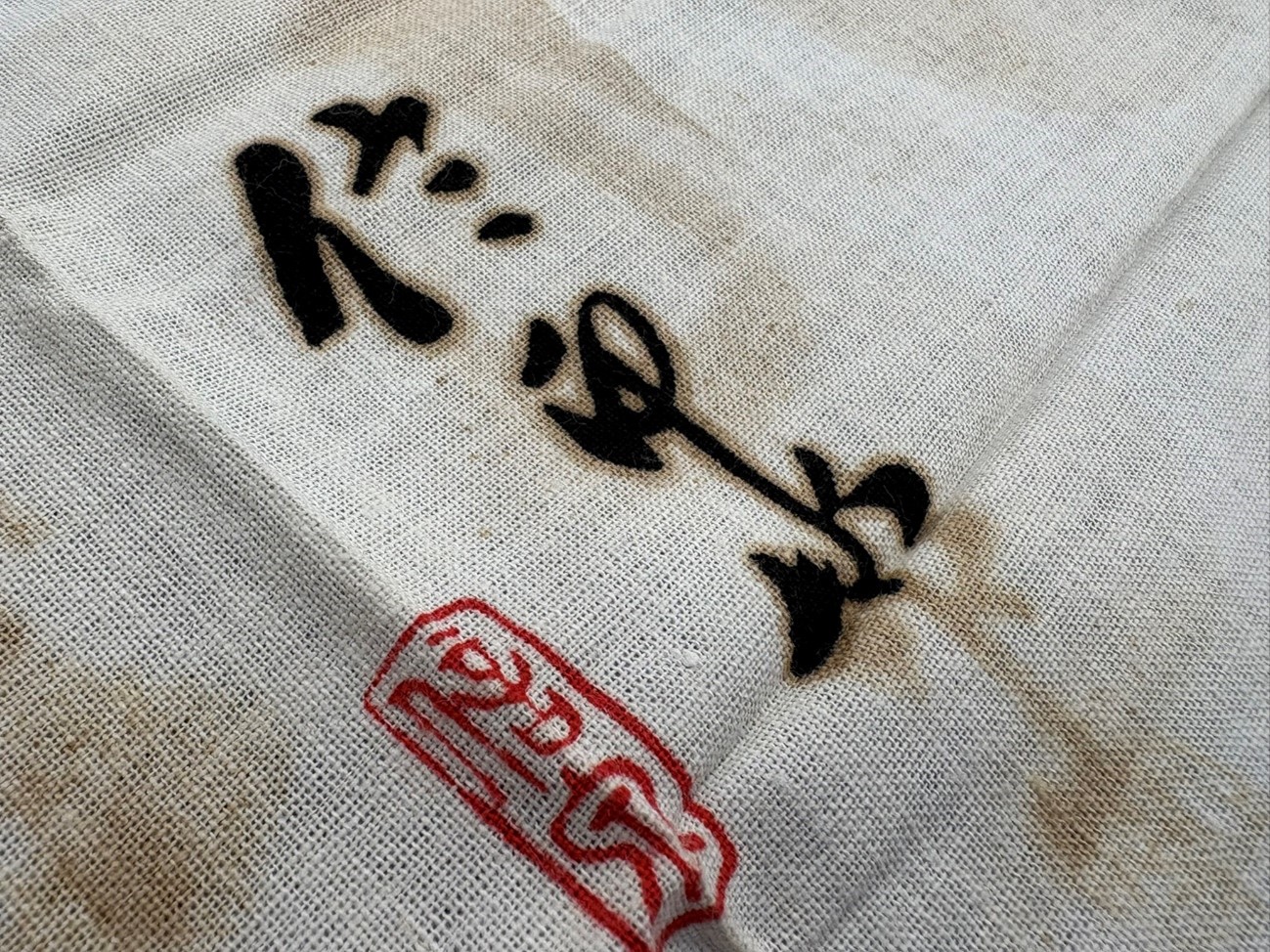
Signature of hand towel
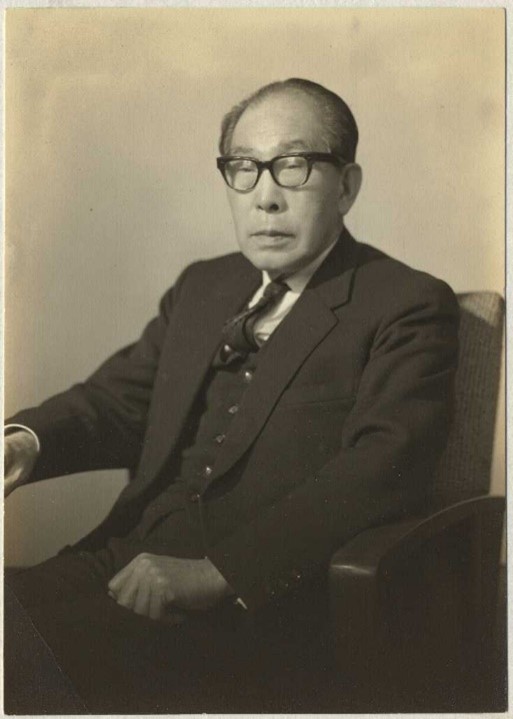
Nobumoto Ohama History Museum Collection Materials Information and Public Relations Section Transfer Photo ① "Nobumoto Ohama" (1-121)
Please take a look at the signature of "Nobumoto" to the right of the calligraphy. This was written by Ohama Nobumoto, the seventh President of Waseda University at the time (term: 1954-1966). However, there is no title of "President" and not even his last name. This may seem a little strange for a gift in return for a university project, but behind it lies his special connection with Yaeyama. Ohama is originally from Yaeyama.
At the time, Okinawa was under the administration of the US military, and travel to and from the island was required to have a passport. Japan regained its sovereignty with the San Francisco Peace Treaty, which came into effect in 1952, but areas such as Okinawa came under the administration of the US. Under these circumstances, Ohama became the hope of his hometown when he was appointed President of one of Japan's leading universities. In particular, he received a warm welcome when he returned to Yaeyama in 1955 after assuming his position. This is probably why his name was easily conveyed using "Shinsen" without the need to write "President" or "Ohama."
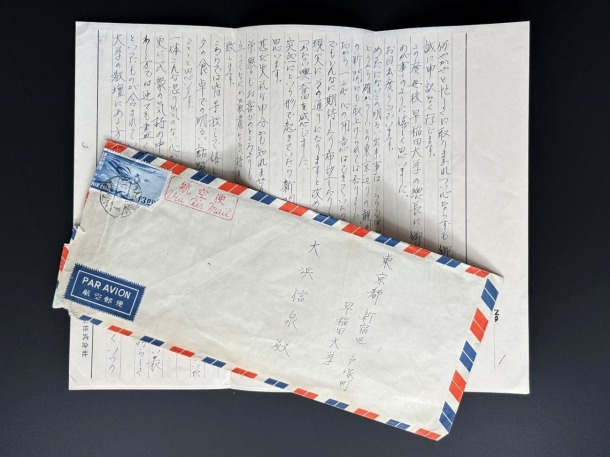
A letter from Okinawa, delivered by international mail, congratulating Ichiro Inamine on his appointment as President. Materials in the History Museum Collection: Materials related to Nobumoto Ohama 014 (Letter congratulating Ichiro on his appointment as President)
The joy of Yaeyama is due to the fact that Ohama had been a leader of Yaeyama people in Tokyo since before the war. When Ohama entered Waseda University in 1914, people from Okinawa Prefecture felt uneasy in Tokyo, due in part to the history of the Ryukyu Islands, which once belonged to both Japan and Qing China, being incorporated into the prefecture. In the midst of this, people from Yaeyama formed a local association to bring together people from the same hometown. Ohama was a central figure in this association, and sometimes lent out his home as a venue for meetings.
In 1925, Ohama became Professor at Waseda University and went to Europe to study. In the same year, folklorist Kunio Yanagita published Nankai Shoki, a record of the folklore of eastern Kyushu and the Ryukyu Islands, and Yaeyama folklore drew nationwide attention. At this time, a plan emerged for the Yaeyama Performing Arts Troupe to perform local dance in Tokyo, with Yanagita as an advisor. The Kyoyukai, which had not made its activities public until then, officially began its activities in order to support this performance, led by Ohama, who had returned from studying in Europe. The performance was a great success, and Ohama was appointed chairman of the Kyoyukai.

"Yaeyama Islands Academic Survey Plan Manuscript" Historical Museum Collection Materials related to Nobumoto Ohama 0625
Local historian Kishaba Eijun, who led the performing arts troupe as director, and Waseda University School of Humanities and Social Sciences student Takiguchi Hiroshi, who participated in the performance, would meet as guide and research team leader 34 years later during an academic research project. Ohama continued to support Yaeyama, such as when he was appointed chairman of the fundraising committee to provide support when Yaeyama was hit by a typhoon in 1934. The connections built in this way would later give birth to the Waseda University Yaeyama Academic Research Team.
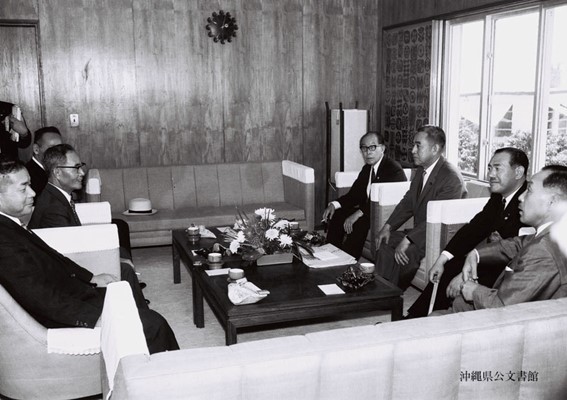
Special Advisor to the Prime Minister Nobumoto Ohama meeting with Prime Minister Eisaku Sato (second from the back on the right) and others (August 1965). Photographic materials related to the Government of the Ryukyu Islands 038, photo number 010743, held by the Okinawa Prefectural Archives.
After Japan's defeat, Ohama became a leading figure in the Japanese education world, taking part in formulating postwar education policies and negotiating with GHQ to improve the status of private schools. He served as President of Waseda University for three terms and 12 years, during which time he personally played a role in accepting students from the Ryukyu Islands. After stepping down President, he focused on the issue of Okinawa's return to Japan, which he had been involved in since before he took office, and cooperated in the negotiations for Okinawa's return to the United States as an adviser to then Prime Minister Eisaku Sato.
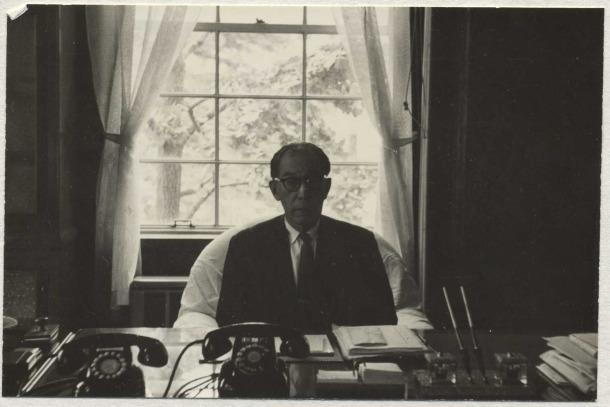
Photo of the transfer of materials from Information and Public Relations Section of the History Museum ① "Ohama Nobumoto" (1-112)
While running the university, he accepts various requests from outside organizations and individuals, handles negotiations between countries, and has a wide range of human relationships. At first glance, he may seem difficult to approach, but he has a rich humanity hidden within him. Some people on campus refer to Ohama as the "Godfather," likening him to the protagonist of a movie that was released in 1972, the year Okinawa was returned to Japan. Akiko Yui, who studied at Waseda University as an exchange student from Okinawa during Ohama's President and later became the first female editor-in-chief of a newspaper (Okinawa Times) in the country, sympathized with this expression and called him the "Godfather of Okinawa" for his tolerance.

Group photo of a Yaeyama dance performance held at Okuma Auditorium after the war (November 11, 1956). Documents in the History Museum collection "Ohama Nobumoto" (Information and Public Relations Section Transferred Photo①)
Following these names, the hand towel at the beginning could be called the "nishiki" that "The Godfather" decorated in his hometown. The calligraphy of "shin-sen" and "baku-gan-ka" can be read as continuing the messages calling for social progress that Ohama wrote in no small part. Such "nishiki" connects the history of Waseda University and Yaeyama. Ishigaki City is home to the Ohama Nobumoto Memorial Museum, so if you are in the area, be sure to stop by.

The exterior of the Nobumoto Ohama Memorial Museum, modeled after Okuma Auditorium (Owned by the Nobumoto Ohama Memorial Museum)
[References]
Shinzen Ohama, "The Conflict between Social Progress and Already Acquired Rights" (from "Wagakkan" (60), Wagakkansha, 1928)
Nobumoto Ohama, "The Two Sides of Community Consciousness" (in "Rehabilitation Protection" 24(5), edited by the Japan Rehabilitation Protection Association, Japan Rehabilitation Protection Association, 1973)
Ishigaki City General Affairs Division City History Editorial Office (ed.), Ishigaki City History Materials Edition, Modern Period 7, Newspaper Collection 4, Special Edition (Ishigaki City, 1991)
Edited by Ishigaki City Yaeyama Museum, Ishigaki City Yaeyama Museum 50th Anniversary Special Exhibition: Kishaba Eikin and Materials (Ishigaki City Yaeyama Museum, 2022)
"Ohama Nobumoto" edited by the Ohama Nobumoto Biography Editorial Committee (Ohama Nobumoto Biography Publishing Committee, 1978)
Eiichi Kishaba, "Tokyo Travelogue and the Art of Yaeyama" (from Eiichi Kishaba's "Yaeyama Folklore", Vol. 2, Okinawa Times, 1977)
Edited by Daiki Kishaba (Hub Create Co., Ltd., the designated manager of the Ohama Nobumoto Memorial Museum) and supervised by Ishigaki City, "- Commemorative Booklet for the Special Exhibition Commemorating the 130th Anniversary of the Birth of Ohama Nobumoto - Nobumoto and the Reversion: Hoping for the Future Development of Okinawa in the Changing Ages" (Ryukyu Kikaku, 2024)
"Ohama Nobumoto" by Teruya Tadashi (Ryukyu Kikaku, 2023)
Edited by the Tokyo Yaeyama Kyoyukai, Yaeyama: Here My Hometown Lives (Tokyo Yaeyama Kyoyukai, 1975).
Akiko Yui, "Recollections: When I was a Contract Student" (Waseda University History Editorial Office, ed., Waseda University Chronicles, Waseda University History Editorial Office, 1986)
* Materials held at the History Museum are those of Nobumoto Ohama and those formerly held by Hiroshi Takiguchi.
Hiroaki Yanagi (Part-time Specialist, Waseda University History Museum)
He completed his doctoral studies at the Graduate School of Sociology at Hosei University. He specializes in the modern history of the Ryukyus and Yaeyama Islands. He also serves as director and secretary general of the Institute of Political and Economic Research, a public interest incorporated foundation, and is promoting projects to build regional archives in collaboration with universities, local governments, and civic groups.

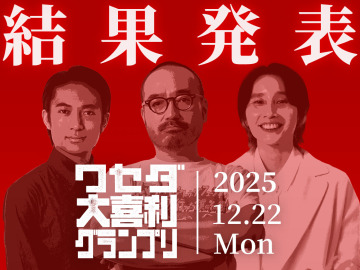
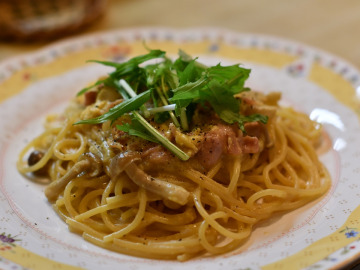
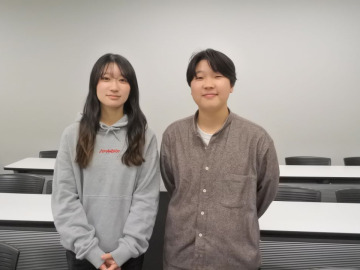

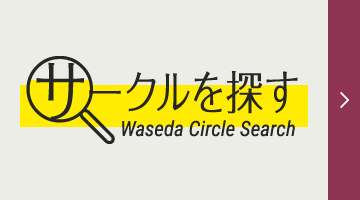
![[Save version] Map of the four main campuses](https://www.waseda.jp/inst/weekly/assets/uploads/2025/09/17cb2975123fc5103172ef60bd98608d-610x458.jpg)

